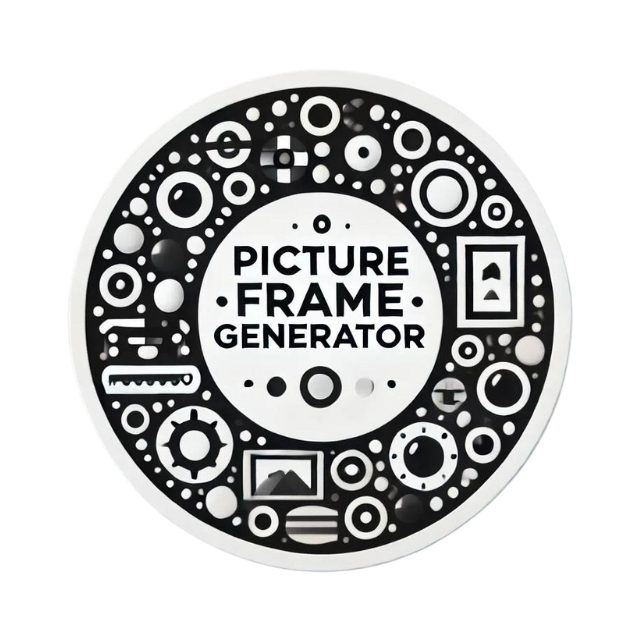Advanced Oil Painting Techniques for Professional Artists
Unlock the secrets of advanced oil painting techniques like glazing and scumbling to elevate your artistry. Discover how to refine your skills and bring depth and emotion to every masterpiece.

Advanced Oil Painting Techniques for Professional Artists
Oil painting is a timeless and revered medium, offering artists a rich palette for expression and creativity. As professional artists, the aspiration to achieve art mastery through advanced techniques becomes an integral part of the artistic journey. This blog post delves into sophisticated oil painting techniques such as glazing and scumbling, providing experienced artists with the insights needed to refine their craft and elevate their artistry to new heights.
Mastery Through Glazing
Glazing is an advanced oil painting technique that involves applying thin, transparent layers of oil paint over a dry layer. This method enhances and modifies hues, adding depth and luminosity to the artwork. The result is a rich and complex range of colors that cannot be achieved through traditional mixing techniques.
To successfully employ glazing in your work, consider the following steps:
- Prepare Your Surface: Ensure that your initial paint layer is completely dry. This is crucial as glazing involves adding subsequent layers without disrupting the underlying paint.
- Select the Right Medium: Use mediums such as linseed oil or glazing medium to dilute your paint to a translucent consistency. This gives the desired transparency and facilitates smooth application.
- Layer Thoughtfully: Begin with light glazes and progressively add darker ones. This technique allows light to pass through layers, creating a vibrant and ethereal effect.
- Control Your Color: Since each layer influences the overall hue, start with test samples to see how your chosen colors interact when layered.
The Art of Scumbling
Scumbling is another technique aimed at creating lively textures and soft transitions in your oil paintings. Unlike glazing, scumbling involves applying a thin, opaque, or semi-opaque layer of paint over previous layers.
Steps to Master Scumbling:
- Select Your Brushes Wisely: Firmer brushes like hog bristles or fan brushes work best for the scumbling technique as they enable effective application of the paint with minimal pressure.
- Choose the Right Consistency: The paint should be relatively dry or applied with a dry brush technique. This means less oil and no added medium to maintain a thick and textured application.
- Experiment with Pressure: Apply light pressure to achieve the subtle, broken color application characteristic of scumbling. This can soften transitions and create atmospheric effects.
- Consider Your Timing: Apply scumbling layers when the previous paint layer is dry to the touch. This prevents unwanted blending and retains the integrity of the texture.

Building Texture with Impasto
Impasto is yet another technique cherished for its ability to lend texture and dimensionality to oil paintings. By applying thick layers of paint, artists can create vivid textures that capture light and shadow, adding physicality to the visual experience.
- Tools and Materials: Palette knives are optimal for impasto applications, as they allow for bold, decisive strokes that carve through the paint.
- Mediums and Modifiers: Consider incorporating impasto mediums or thickening agents to help maintain the paint's structure and avoid cracking as it dries.
- Visual Dynamics: Use impasto to accentuate focal points or enrich backgrounds, allowing the texture to enhance the overall narrative of the piece.
Achieving Subtle Effects with Dry Brushing
Dry brushing is an effective technique to create gentle highlights and intricate details without overpowering the painting's elements. This method utilizes a dry brush with minimal paint to build subtle strokes and textures.
Technique Essentials:
- Brush Choice: Use stiff or densely bristled brushes for enhanced control over details and pressure.
- Precision and Control: The technique demands precision—loading your brush sparingly ensures the effect remains controlled and delicate.
- Layering for Effect: Build up layers gradually to deepen the effect, creating depth without compromising the integrity of the underlying paint.
Color Mixing and Tonal Mastery
Advanced oil painting often hinges upon complex color mixing and achieving tonal mastery. Professional oil painters must be adept at perceiving subtleties in color, which comes from attentive practice and a thorough understanding of the color wheel.
- Color Harmonies: Develop a nuanced sense of complementary and analogous colors to impart balance and harmony in your compositions.
- Tonal Range: Mastering tonal values, from the deepest shadows to the brightest highlights, is essential for creating depth and spatial realism.
- Limited Palette: Experiment with a limited palette to better understand color relationships and achieve more cohesive works.
In Summary
Achieving mastery with advanced oil painting techniques like glazing and scumbling requires patience, practice, and an openness to experimentation. These methods allow professional artists to imbue their works with complexity, depth, and emotion, pushing the boundaries of their creative potential. By incorporating these techniques into your practice, you enhance your ability to bring the vividness and authenticity of your artistic vision to life. As you refine your skills, remember that each stroke, layer, and textural choice marks a step towards greatness in the world of oil painting.
